Concept designs by New York architect Diller Scofidio + Renfro released today
A coalition comprised of the Barbican and a leading orchestra are turning to private investors to raise £288m for construction of a new concert hall in the City of London.
The hall has been designed by US architect Diller Scofidio + Renfro and is planned for the current site of the Museum of London at the south-western tip of the Barbican estate.
The new concert hall would be run by the Barbican, home to the London Symphony Orchestra, and contain facilities used by the Guildhall School of Music and Drama, whose music director is conductor Sir Simon Rattle.
Today all three released details of the concept design and said it was drawing up a business case – and looking to raise almost £300m from the private sector and the City of London Corporation.
One option to drum up cash being considered is naming rights, Kathryn McDowell, managing director of the London Symphony Orchestra, said.
The building would have three sections – a 2,000-seat concert hall suspended at the heart of the building, four floors of commerical space above the hall and an alternative music space overlooking St Paul’s Cathedral at the top.
The project has so far seen two tranches of £2.5m in funding provided by the City of London for a business plan, as well as some money from central government.
A decision by former chancellor George Osborne to grant £5.5m of taxpayer money for the project at the end of 2015 was later reversed on the grounds it did not provide value for money, with the unspent cash duly returned.
The client has already employed Aecom for cost management and Buro Happold for building services and structural and civil engineering.
McDowell said the next phase would see the coalition develop designs, build a business case and secure more financial backing.
She said: “Working with City of London in the constructive way that we have to date means we are well set for the future. We believe now we have something to take out into the world and command support for it.”
McDowell said the next phase would take a year to wrap up but declined to say when construction could start.
She also refused to provide details of how the money could be raised, saying: “This is very commercially sensitive but we have the potential on this site to be imaginative and work with the private sector in a whole range of new ways.”




















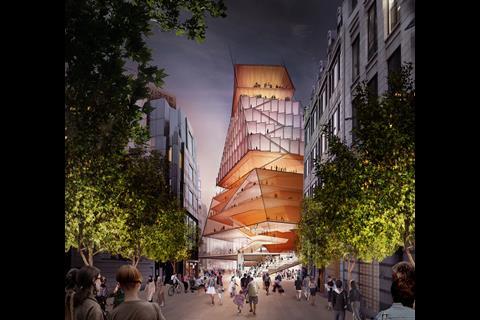
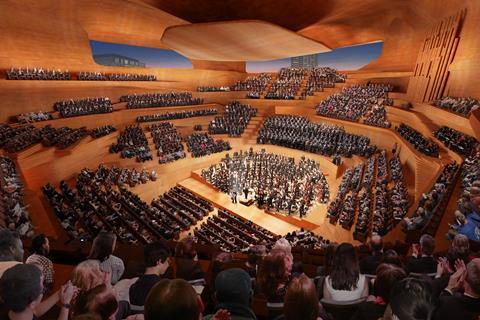
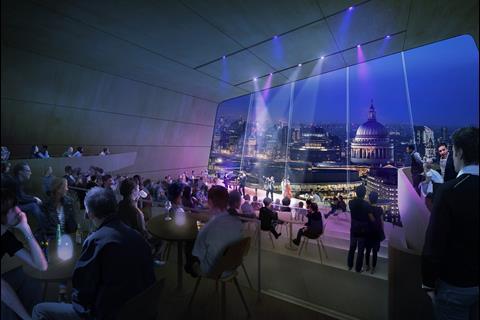
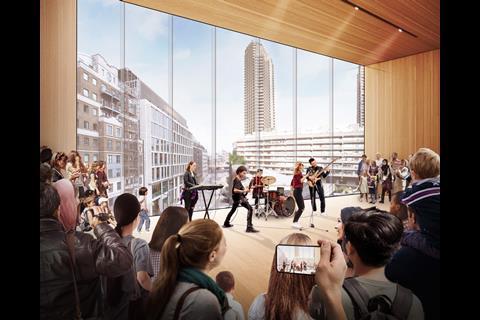

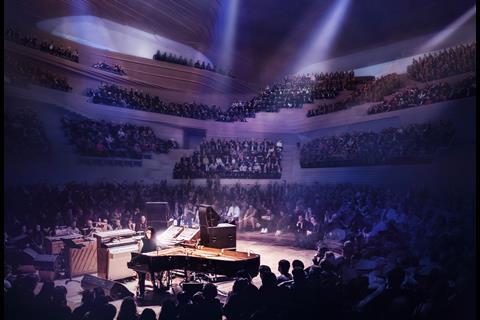








No comments yet